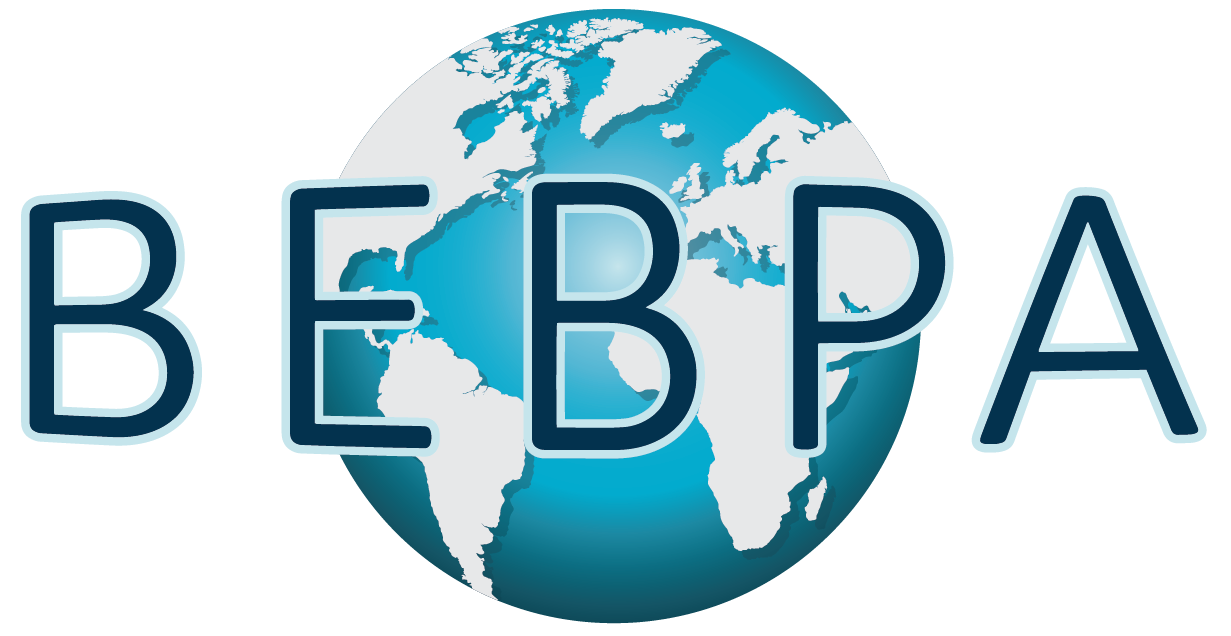BEBPA Blog
An Interview with BEBPA's President: Laureen Little, Ph.D.
BEBPA had a chance to sit down with Laureen Little, the President of BEBPA and producer for the upcoming US Bioassay Conference happening March 24-26, 2025 in Tucson, AZ. We asked her about what she sees is happening in the potency field.
BEBPA: Good afternoon Laureen. Thank you for taking the time to talk to us today about all things Bioassay related.
Laureen: Thank you! As you know – I am always willing to talk about bioassays.
BEBPA: Looking at the upcoming agenda (available here) What are you personally most excited about?
Laureen: I only get to pick one? I think this conference is packed with awesome presentations. For example:
- We have talks about developing potency assays for novel products such as cell-derived secretomes, gene therapies, CAR T Cell Products as well as more traditional protein biotherapeutics.
- Our colleagues will share hints about how to measure precision and accuracy using TAE
- Ideas about how to validate these characteristics and comply with ICH Q2 suggestions
- Several talks about using automation, multiplex assays, in a bioassay lab
BEBPA: Okay but pick one thing!
Laureen: Well…..this might be cheating just a bit….but the one thing I love about our conference is that we talk about all the hot issues for bioassays. We spend hours on the science, instrumentation, statistical tools and regulatory requirements. That is what makes it so fascinating.
BEBPA: Wonderful. We are always looking for emerging technologies to help do our job better. What in your opinion is the emerging technology likely to impact bioassays?
Laureen: Hands down the newest, sexiest topic is the use of Artificial Intelligence (AI) in the bioassay space. AI is everywhere, in all industries – so what about bioassays?
One of the things that has frustrated me over the past 30 years – is how often we are scrambling because of an “unnoticed” reference material instability. Although all the physical/chemistry methods make the product look rock stable, we often find a very slow degradation which is happening across a 5 to 10 year period. Ultimately this results in what looks like hyperpotent manufactured lots. When we dig into the particulars it often is linked to this slow degradation of the gold standard reference material. What makes this so frustrating – is that the trend was there for 10 years – if only we’d had the resources to analyze a tremendous amount assay characteristics across the years. It strikes me that AI would be a perfect solution to this problem. We could set up automatic report generation from our labs around the world and use AI to flag changes. We have two speakers who will be talking about AI in the analytical lab space, both are specialists in bioassays! I hope to get some hints and ideas how to harness this tool.
BEBPA: Everyone in analytical chemistry always talks about how different potency bioassays are from other methods. Why is that? And how does this difference impact the bioassay field?
Laureen: All other analytical methods are designed to determine what the product is. (Does it have the right amino acids in the correct order? What are the post-translation modifications? What impurities are present?) Potency assays are the only methods which speak to how the products perform biologically. This is a critical question when products are complex, cannot be completely characterized and exist as a heterogeneous mixture of molecules. Years ago we used to talk about the structure-function relationship of proteins. The potency bioassay probes this relationship and assesses whether the current manufacturing batch has similar biological activity to the clinical material used to determine product efficacy.
BEBPA: How does this special “skill” of the bioassay, the ability to assess the biological activity, impact what bioassay scientists need to know to do their job?
Laureen: Just like those analysts working on physical/chemical methods we need to analytical chemist. We have to understand how to develop assays to asses a product characteristic compared to a standard. However, we have additional burdens. We have to understand clearly what the proposed MoA of the product is and confirm our method is directly linked to this. So we have to be both chemists and biologists. Because of the inherent variability of cell-based potency assays we need to be well-versed in statistical approaches to improve and understand the variability of our methods.
One of the things I am always proud of, is the incredible involvement of statisticians in the field of bioassays. Bench scientists and statisticians work closely together in the bioassay field. It is common to see both working together during early assay development, developing trending tools and figuring out how to calculate reportable values. It is this interaction which moves the bioassay field ahead.
At this year’s BEBPA US Bioassay Conference you will hear from statisticians on a multitude of topics such as: the use of Bayesian Statistics, Use of TAE (total analytical error), assessing non-similarity without failing too many good assays, and more. What is the most fun, is that our statisticians work really hard to make sure that we, the bench scientists understand what they are saying! What a delight!
Okay…..I should quit now. But as I said when we started – I can talk way too long and passionately about potency bioassays! I hope everyone out there in the internet ether joins us at the upcoming BEBPA US Bioassay Conference happening in Tucson. Our speakers have submitted awesome talks and it looks to be the bioassay event of the year, in my humble opinion!
